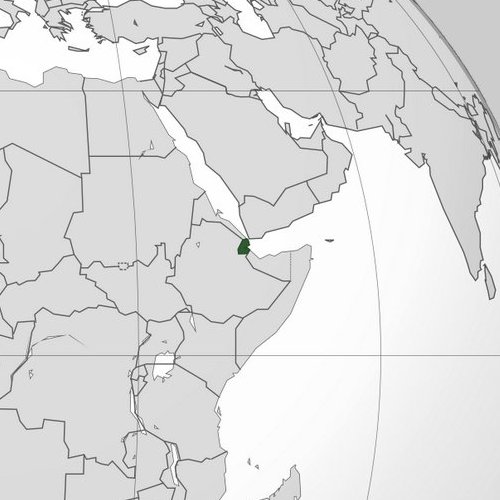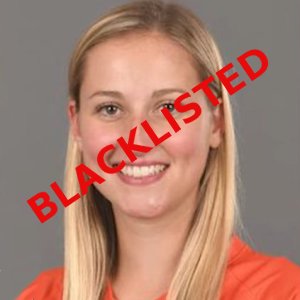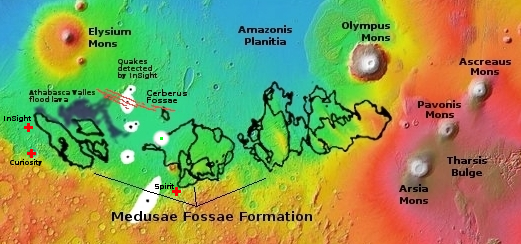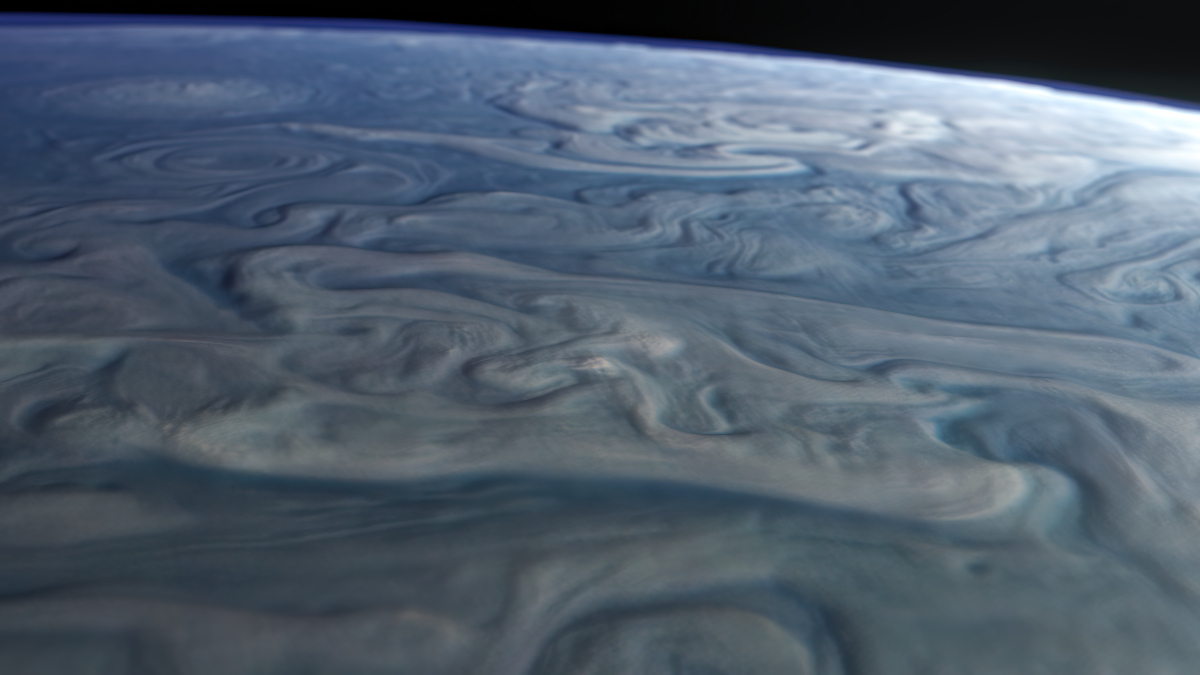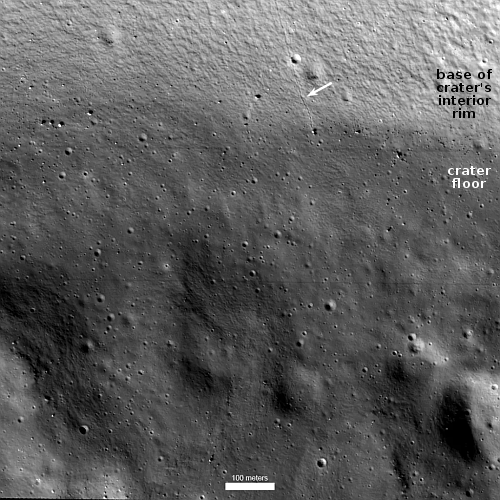Starlink service scheduled for South Korea later this year
SpaceX will begin offering Starlink service in South Korea by the spring of this year.
The article, from a South Korea news outlet, is generally negative about Starlink’s possibilities, mostly because its cost is much higher than that already available with coverage that includes 80% of the country. Nonetheless, Starlink will still be an option to those regions not yet served.
SpaceX will begin offering Starlink service in South Korea by the spring of this year.
The article, from a South Korea news outlet, is generally negative about Starlink’s possibilities, mostly because its cost is much higher than that already available with coverage that includes 80% of the country. Nonetheless, Starlink will still be an option to those regions not yet served.




